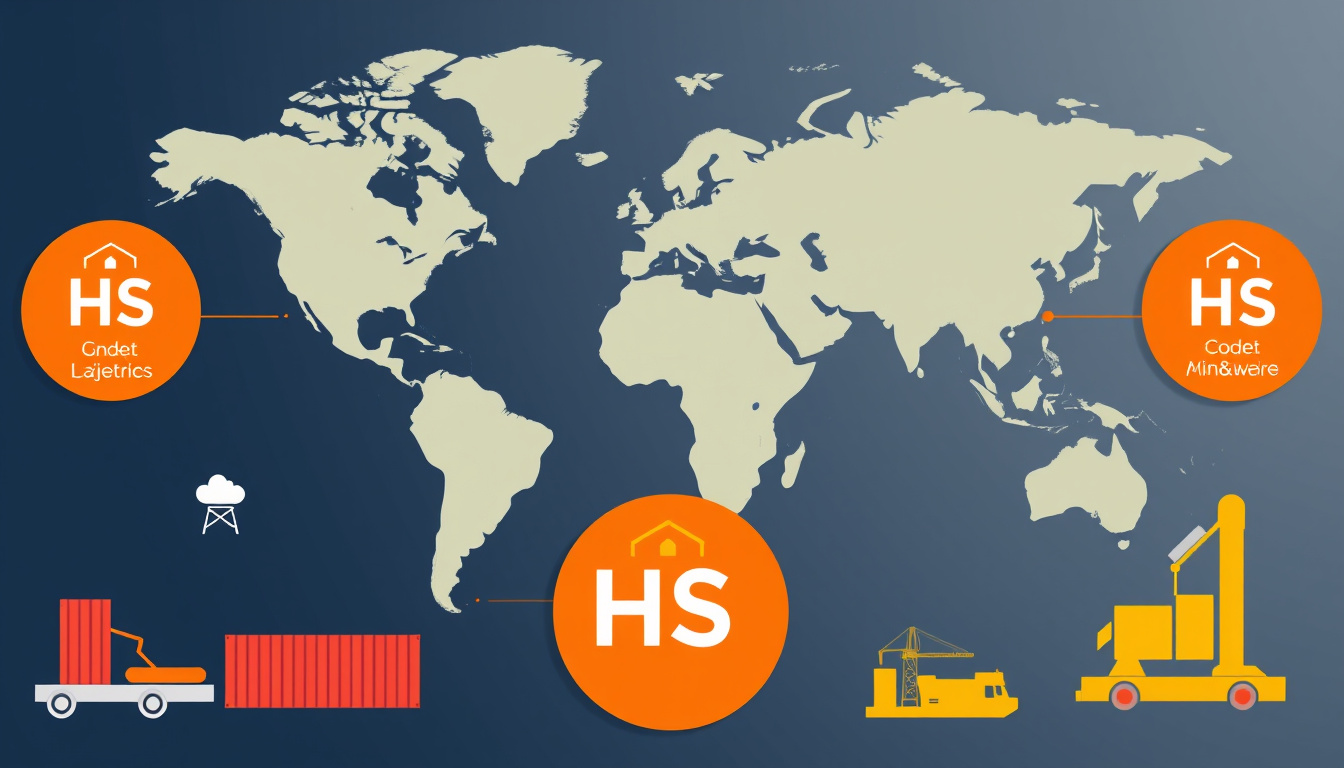In an increasingly interconnected global economy, the movement of goods across borders is a common but complex operation. Central to this process is the Harmonized System (HS) Code, a universally recognized product classification system that simplifies international trade communications. This comprehensive guide explores what HS codes are, why they matter in global commerce, and how businesses can effectively use them to navigate customs, tariffs, and trade compliance.
What Are Harmonized System (HS) Codes?
The Harmonized System (HS) is an internationally standardized numerical method of naming, describing, and classifying traded products. Developed and maintained by the World Customs Organization (WCO), this system assigns unique codes to products to facilitate uniform identification worldwide.
- Structure: HS codes consist of six digits. The first two digits identify the chapter, the next two the heading, and the final two digits the subheading. Countries can extend this code beyond six digits to accommodate additional, national-specific detail.
- Update Cycle: The WCO updates the HS approximately every five years to reflect technological advances and evolving trade patterns.
Countries like the United States implement extended versions of the HS code:
- The U.S. uses a 10-digit code where the first six digits correspond to the HS code, followed by four additional digits for further classification.
- For exports, the U.S. employs the Schedule B classification (administered by the U.S. Census Bureau).
- For imports, the Harmonized Tariff Schedule (HTS) is in use (administered by the U.S. International Trade Commission).
Why Are HS Codes Important?
1. Customs Clearance and Trade Compliance
Accurate HS codes enable customs authorities to assess applicable tariffs, import duties, and taxes correctly. Assigning an incorrect code can result in shipment delays, increased costs, or fines. Using the right code helps ensure smooth clearance and legal compliance.
2. Determining Tariffs and Duties
Tariff rates are linked directly to HS codes. They also help in identifying goods that qualify for preferential treatment under Free Trade Agreements (FTAs), reducing trade costs for businesses.
3. Trade Statistics and Market Analysis
Governments and businesses use HS codes for compiling trade statistics, helping analyze import-export trends and market demands by product category.
4. Standardization Across Borders
The HS provides a common language for international trade documents worldwide, promoting consistency in how goods are classified—crucial for global commerce efficiency.
How to Find and Use Your HS Code
Step 1: Identify Your Product’s HS Code
- Official Government Resources: For U.S. exporters, the Schedule B search engine offered by the U.S. Census Bureau is a primary tool to locate codes for export products.
- Customs Rulings Online Search System (CROSS): Useful for finding binding rulings on product classifications within U.S. imports, though indicative for exports as well.
- International Database Tools: Many countries provide online tariff databases, and global tools exist to simplify HS code identification across markets.
Step 2: Apply HS Codes Correctly
Use the HS code in all shipping documents such as commercial invoices, certificates of origin, and shipping manifests. When filing data through export systems like the Automated Export System (AES) in the U.S., HS codes are mandatory for shipments above certain value thresholds or requiring export licenses.
Special Considerations
- Composite Goods or Sets: Some goods sold as a single unit but composed of multiple items (e.g., a bicycle with components) follow specific rules under the General Rules of Interpretation (GRI) within the Harmonized Tariff Schedule.
- Textiles and Apparel: These have unique classification nuances, often requiring close reference to specialized notes within the HS coding system.
Supporting Tools and Services

Modern exporters and importers can rely on digital tools to speed classification accuracy:
- HS Code Lookup Tools: Platforms like the free GlobalPost HS Classification Tool allow users to enter product descriptions and receive the most relevant HS codes, helping shippers avoid errors and delays.
- Classification Services: For complex product descriptions, services such as Classifast.com provide instant classification according to international standards including UNSPSC, NAICS, ISIC, ETIM, and HS codes, greatly easing compliance efforts.
The Bigger Picture: Harmonized Tariff Schedule and Related Systems
The Harmonized Tariff Schedule (HTS) applies the HS system specifically to imports in many countries, delineating tariff rates and regulations. Countries’ customs authorities adapt the HS to local needs while maintaining the WCO’s six-digit baseline.
In summary, the Harmonized System Code is fundamental to structured international trade. It enables governments and businesses to communicate clearly, set applicable tariffs, and efficiently process global commerce transactions.
Conclusion
Mastering the use of Harmonized System codes unlocks numerous benefits for businesses engaged in cross-border trade. Proper classification ensures compliance, avoids costly errors, and facilitates smoother and faster customs clearance. By leveraging official resources—and increasingly sophisticated classification tools like those provided by GlobalPost or Classifast.com—exporters and importers can confidently navigate the complexities of global markets.
For more insights on product classification and international trade compliance, services such as Classifast.com offer instant and accurate HS code identification along with classifications under global standards like UNSPSC, NAICS, and ETIM, meeting the diverse needs of modern importers and exporters.
